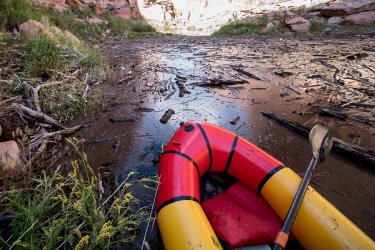Hello everyone,
First time poster here, and you all seem the most knowledgeable group for this question:
I am planning a packrafting trip for next year and I found several good resources on this forum for packrafting to Coyote Gulch, long backpacking trips starting from Coyote Gulch, and packrafting trips entering/exiting from downstream canyons (Willow/Fortymile/Fiftymile/Davis) but nothing from Coyote Gulch to these downstream canyons. Obviously the low lake levels will leave a lot of silt and other undesirable remnants behind, and there will be more hiking to reach the lake, but is anyone aware of a reason why this loop would be problematic?
Thank you for your help!
First time poster here, and you all seem the most knowledgeable group for this question:
I am planning a packrafting trip for next year and I found several good resources on this forum for packrafting to Coyote Gulch, long backpacking trips starting from Coyote Gulch, and packrafting trips entering/exiting from downstream canyons (Willow/Fortymile/Fiftymile/Davis) but nothing from Coyote Gulch to these downstream canyons. Obviously the low lake levels will leave a lot of silt and other undesirable remnants behind, and there will be more hiking to reach the lake, but is anyone aware of a reason why this loop would be problematic?
Thank you for your help!


